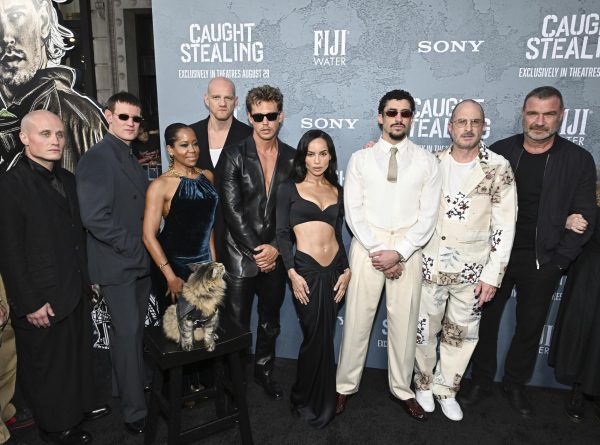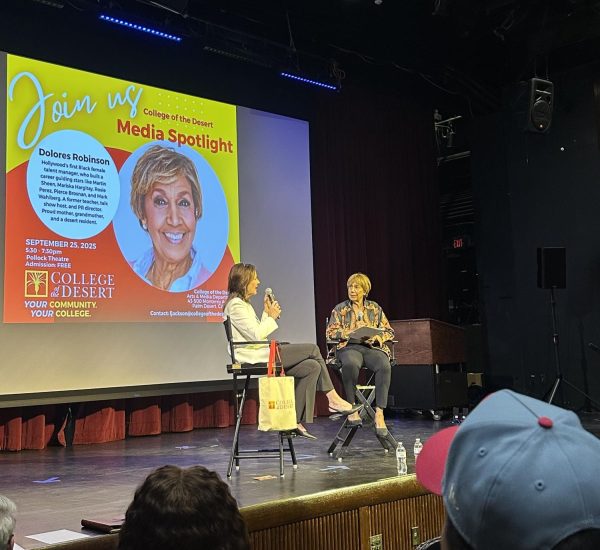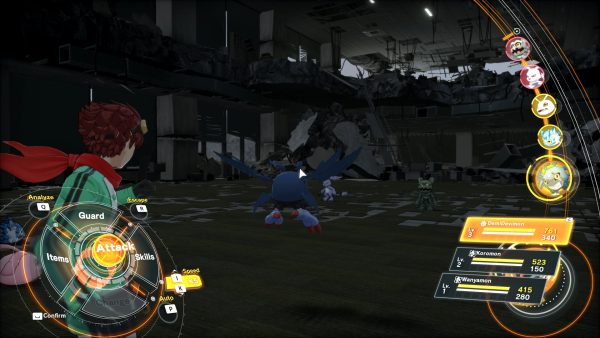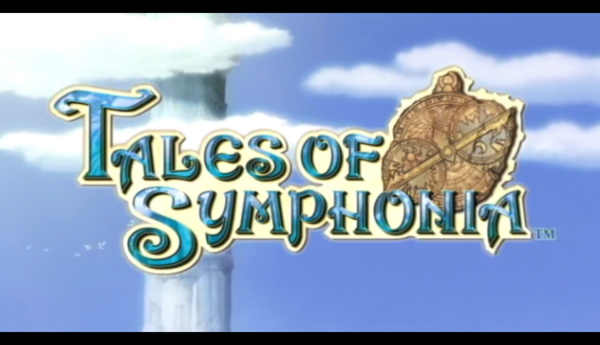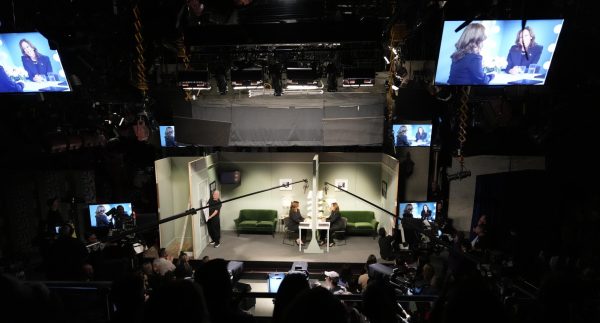Film student encourages students to start movie clubs
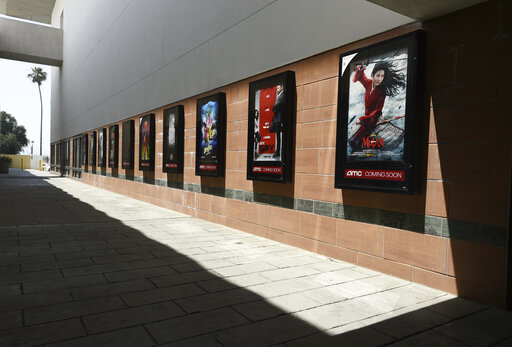
Chris Pizzello/Invision/AP
Posters for upcoming movies are displayed in an empty corridor at the currently closed AMC Burbank Town Center 8 movie theaters complex, Wednesday, April 29, 2020, in Burbank, Calif. (AP Photo/Chris Pizzello)
We all know how a book club works. It’s usually a small group of people, often including friends and foe, who come together at a rigidly set time to talk about the book they were supposed to have read. The book is usually selected by topic, area of interest, or whoever is the bossiest in the group. Depending on how serious the group is, they meet over coffee or hoping for even more insightful inspiration, they meet over a cocktail or two.
At COD, we call this a reading assignment to be graded by the professor! And sometimes it takes many cocktails, errrr, I mean cups of coffee to find that inspiration.
So, I got to thinking between my two reading assignments with accompanying reports, why not do the same thing with movies? Yeah, that’s right. Create a movie discussion club. In this time of social distancing and staying indoors, movies have become part of our core survival activities over and above the multiple feeding frenzies, I mean, snacking we do during the day.
With all the technology at our disposal and our natural human inclination to want to talk about what we just watched, it seems like a natural thing to do.
Please allow me to help you get organized with a set of guidelines and questions you might use to talk about the movie.
- you must all watch the SAME movie. Even if you know Quentin Tarantino’s storytelling style, and you think when you’ve seen one movie, you’ve seen them all…trust me…it’s important you all watch the same movie. AND please, watch the entire movie! What might surprise you, is how differently you see the same scenes and messages. That’s one of the magical elements of movie-making. We all watch the same thing but experience it in different ways.
- I encourage you to eat popcorn or whatever movie snack you armed yourself within the good old days of watching a movie in a movie theatre. It’s like reliving a piece of history, and besides, it feeds (pun intended) into our newly found need of constant snacking.
- Do set a definite date and time and then send that zoom invitation. There’s nothing more annoying than no one showing up because they got the wrong date or time or didn’t have the link. What’s the use of a movie discussion group if only two people show right?
OK, the guidelines are pretty straightforward. Now the hard part. What are you going to talk about? I thought you’d never ask. This tired film reviewer has come up with a working set of questions that might jump-start the conversation beyond, “so what do you think?” Please use any or all of the questions. And be prepared to be pleasantly surprised at what you learn about the movies and even more importantly, what you learn about each other.
Dramatic opening movie score please….it’s like a drum roll ok? Here is my suggested list of questions for doing your own deep dive into the movie.
- What stands out for you about the movie?
- What did you like about it? Was there anything you didn’t like? Why?
- How about acting? Who did a great job in the role? Were they believable?
- Did you like how the director wove the story together? Why or why not?
- Was it entertaining? Did it keep your attention throughout the movie? Why or why not?
- Did you notice things like lighting, camera work, musical score, sets and hair/makeup?
- Did these elements add or take away from the story being told?
- Was there a message the story was trying to tell? If so, what is it?
- And how, if at all, does it relate to our personal experiences or what is happening in the world around us?
- What rating would you give the movie and why?
- Last question, I promise, what would you tell someone about the movie you watched?
Ready to try a movie club? Good luck and enjoy the learning that comes from watching movie magic – or not! Happy reading, I mean, happy viewing.
Gail Pischak is a third-semester film production student who hopes to make short docs that change for good. In a previous life, Gail was a group facilitator. The questions are based on a facilitation process designed to deepen conversations. The questions used in this article are based on the process called “Technology of Participation.”

